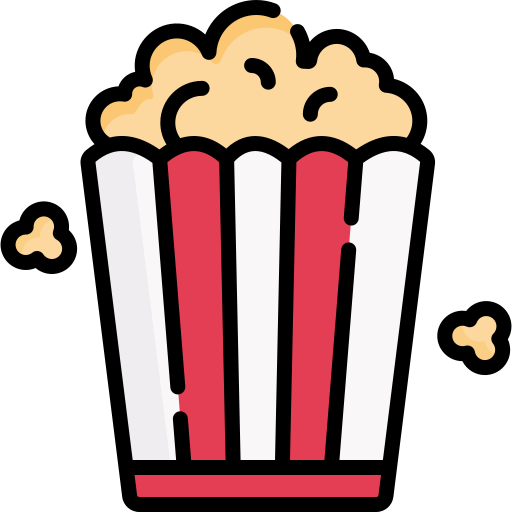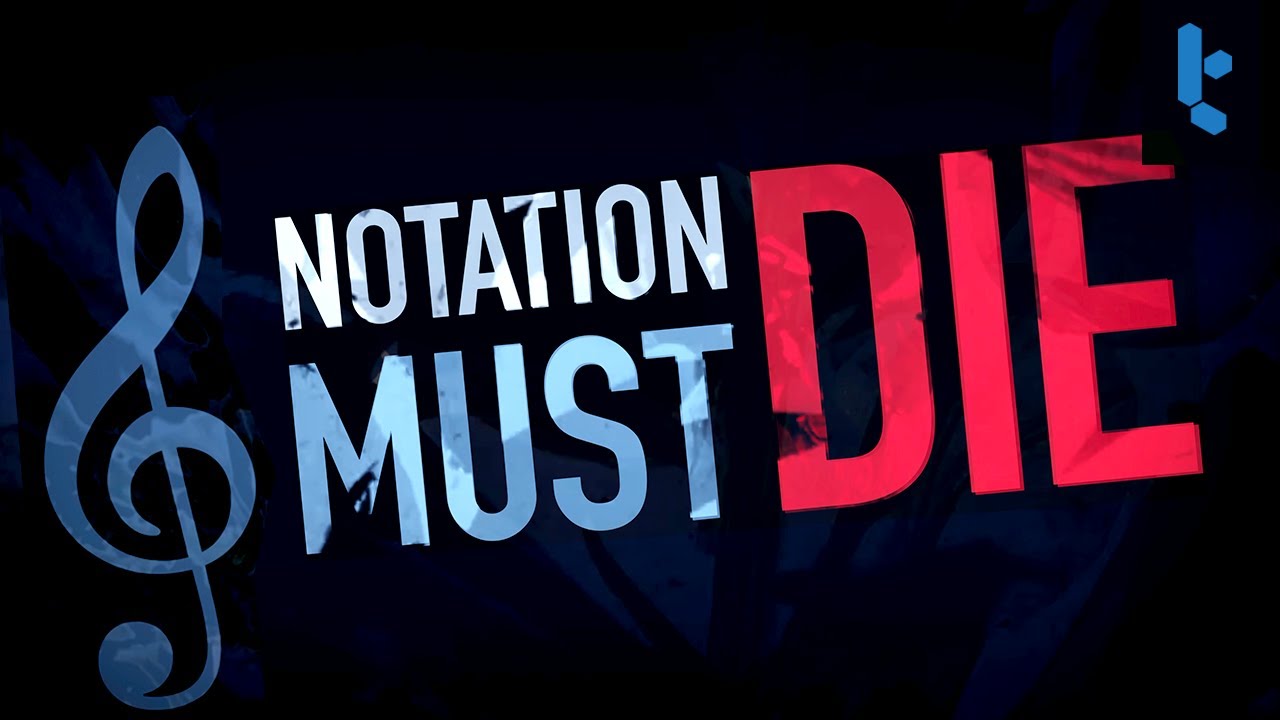- cross-posted to:
- [email protected]
- videoessays
- [email protected]
- cross-posted to:
- [email protected]
- videoessays
- [email protected]
For the past year, I’ve had this completely ridiculous side project to compose a big orchestral piece, even though I don’t have that much experience, and I feel like I’ve gone through half this discussion on my own.
Suddenly, I need to read notes for all kinds of instruments, many in treble clef, which I’m less familiar with, and constantly switching back and forth between clefs, too.
What’s also not fun, as complex as notation is, it’s actually quite limited in describing how to perform, especially at a detail level where a computer can do it.
As a result, I’ve considered switching from notation to a DAW, but:
- You quickly lose yourself in that detail work in DAWs. The limitations of notation are kind of a feature.
- The piano rolls really are quite unwieldy. I basically can’t have more than one instrument visible on my laptop screen. And even if I could, visually jumping 10cm (or more) up and down, just to compare two instrument parts, is not helpful.
- I don’t want to encode it into some DAW-specific format, which might not anymore be usable in 10 years or so. Especially, if you do rely on encoding performance details to make it sound good, there’s no chance any human will be able to replicate that.
So, yeah, I’ve been trying to embrace the limitations of notation. Make it sound good, without relying on the specific performance.
And if I really want, I can compose it all in bass clef +8vaas needed, then switch it back to treble clef when I near completion. Or I can just have it render the note names into the music sheet.Call me an elitist, but this reads like “I’m 10% fluent in a language but want to write a complex, multilayered novel in that language”. Reading music fluently (that means at least treble/bass clefs and probably alto/tenor as well) is probably the bare minimum you should have for something like that, and that’s if you don’t care if the parts are actually playable/readable by humans.
Grab a few orchestral scores off of IMSLP and study them and see how they’re put together - stuff like Beethoven’s 5th symphony, as overplayed as it might be, is perfect for learning how orchestration works, which instruments can do what and how they sound in different combinations, and the “grammar” of how music is notated correctly.
I did say, it was a completely ridiculous side-project. ¯\_(ツ)_/¯
I am fluent in reading music, with the exception of different clefs. I just never played an instrument that wasn’t in bass clef.
But yeah, this will take me multiple years. I’m learning as I go.



